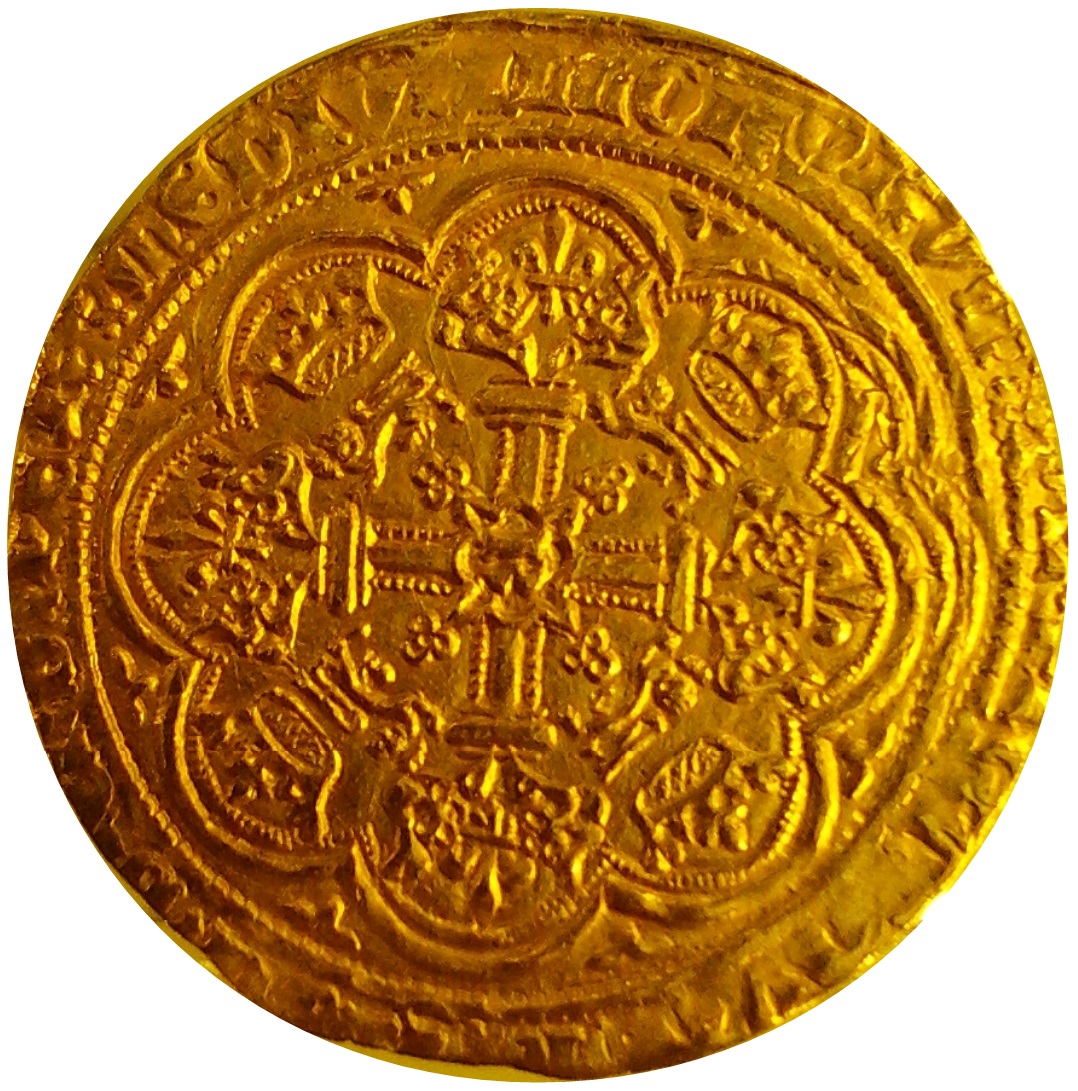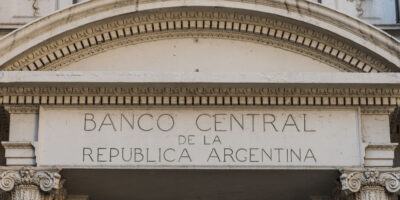A Sound Debasement
In his excellent article on medieval coinage, Eric Tymoigne makes the seemingly paradoxical claim that “debasements helped preserve a healthy monetary system.” A debasement of the coinage was the intentional reduction in the gold or silver content of a coin by the monarch by diminishing either the coin’s weight or its fineness. I’m going to second Tymoigne’s paradoxical statement and provide a specific example of how a debasement might have been a sound monetary decision.
First, we need to review the basics of medieval coinage. In medieval times, any member of the public could bring raw silver or gold to the monarch’s mint to be coined. If a merchant brought a pound of silver bullion to the mint, this silver would be combined with base metals like copper to provide strength and from this mix a fixed quantity of fresh pennies — say 40 — would be produced. These 40 pennies would contain a little less than a pound of silver since the monarch extracted a fee for the mint’s efforts.
The merchant could then spend these 40 new pennies into circulation. Coins were generally accepted by tale, or at their face value, rather than by weight. Shopkeepers simply looked at the markings on the face of the coin to verify its authenticity rather than laboriously weighing and assaying it. This was the whole point of having a system of coinage, after all: to speed up the process of transacting.
As long as the monarch of the realm continued to mint the same fixed quantity of coins from a given weight of silver or gold, the standard would remain undebased. Sometimes, however, “coin wars” erupted between monarchs of different realms, the aggressors minting inferior copies of their victims’ coins. Since these wars hurt the domestic monetary system of the victim, some sort of response was necessary. One of the best lines of defense against an aggressive counterfeiter was a debasement.
John Munro, an expert in medieval coinage, recounts the story of the “war of the gold nobles,” a coin war that broke out in 1388 when the Flemish Duke Philip the Bold began to mint decent imitations of the English gold noble. Flanders, comprising parts of modern-day Belgium and northern France, was a major center of trade and commerce on the Continent. Both the weight and fineness of Philip’s imitations were less than those of the original English noble. According to Munro’s calculations, by bringing a marc de Troyes of gold (1 marc de Troyes = 244.753 grams) to Philip’s mint in Bruges, a member of the public could get 31.163 counterfeit nobles. But if that same amount of gold were brought to the London mint, it would be coined into just 30.951 English nobles. Given that more Flemish nobles were cut from the same marc of gold than English nobles, each Flemish noble contained a little bit less of the yellow metal.
Philip’s “bad” nobles soon began pushing out “good” English nobles, an instance of Gresham’s law. Given Philip’s offer to produce more nobles from a given amount of raw gold, it made a lot of sense for merchants to ship fine gold across the English Channel to Philip’s mints in Bruges and Ghent rather than bringing it to the London mint. After all, any merchant who did so got an extra 0.212 nobles for 244.753 grams of the gold they owned. By bringing the fakes back to England, merchants could buy around 1 percent more goods and services than they otherwise could. After all, Philip the Bold’s fake nobles were indistinguishable from real ones, so English shopkeepers accepted them at the same rate as legitimate coins. English nobles steadily disappeared as they were hoarded, melted down, or exported. Why spend a “good” coin — one that has more gold in it — when you can buy the exact same amount of goods with a lookalike that has less gold in it?
Philip’s motivation for starting the war of the gold nobles was profit. By creating a decent knock-off of the English noble that had less gold in it, though not noticeably so, Philip provided a financial incentive for merchants to bring gold to his mints rather than competing English mints. Like all monarchs, Philip charged a toll on the amount of physical precious metals passing through his mints. So as throughput increased, so did his revenues.
The health of the English monetary system deteriorated thanks to the coin war. With a mixture of similar but non-fungible coins in circulation, there would have been an erosion in the degree of trust the public had in the ability of a given noble to serve as a faithful representation of the official unit of account. Nor was the system fair, given that one part of the population (people who had enough resources to access fake coins) profited off the other part (people who did not have access). Finally, when Gresham’s law hits, crippling coin shortages can appear as the good coin is rapidly removed but bad coins can’t fill the vacuum fast enough.
The English king’s efforts to ban Philip’s nobles had little effect. After all, gold coins have high value-to-weight ratios and are easy to smuggle. One line of defense remained: a debasement. In 1411, some 20 years after Philip the Bold had launched his first counterfeit, King Henry IV of England announced a reduction in the weight — and thus the gold content — of the English noble. This finally resolved the war of the nobles, says Munro. By reducing the noble’s gold content so that it was more in line with the gold content of the Flemish fakes, the English noble lost its “good” status. Merchants no longer had an incentive to visit Philip’s mints to get counterfeits, and English nobles once again circulated. The health of the English coinage system improved.
We shouldn’t assume that all medieval debasements constituted good monetary policy. There were many coin debasements that were purely selfish efforts designed to provide the monarch with profits, often to fight petty wars with other monarchs. These selfish debasements hurt the coinage system since they reduced the capacity of coins to serve as trustworthy measuring sticks. As Munro points out, each medieval debasement needs to be analyzed separately to determine whether it was an attempt to salvage the monetary system or an attempt to profit.











